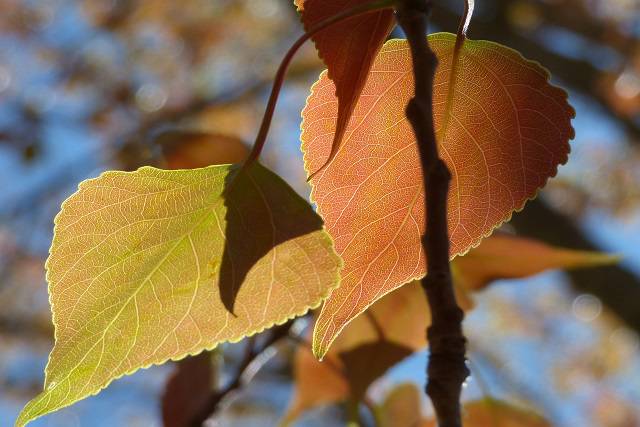TRANSGENIC TREES SUITABLE FOR PHYTOREMEDIATION OR USE OF BIOMASS
Description
Phytoremediation is a technique that uses the ability of plants to absorb, assimilate, detoxify, remove and metabolize pollutants that are in the soil through natural processes. Plants have transport systems that allow them to assimilate the metabolites and mobilize them in planta towards the stem and leaves where they are subsequently either degraded or accumulated. The main pollutants that can be remedied are natural or synthetic organic compounds and inorganic compounds such as heavy metals, excess nutrients (N and P), radioactive isotopes and other toxic elements.
Genetically modified organisms (GMOs) play a very important role in phytoremediation since in recent years plants have been generated with a greater capacity to assimilate contaminating metabolites by altering the genes involved in their assimilation or degradation.
The present invention has for its object to provide trees, parts of trees, seedlings, tissues, seeds, cells, protoplasts and other types of transgenic propagation material that show improved physiological parameters and, in particular, show the ability to assimilate high concentrations of nitrate and of accumulate more biomass in the form of cellulose. Likewise, it is an object of the present invention to provide progeny, cell lines and clones obtainable from said trees, parts of trees, seedlings, seeds, cells, protoplasts and other types of transgenic propagation material.
Advantages
Los transgénicos generados en especies modelo (arroz, tomate, etc.), tienen como desventaja la acumulación de elementos tóxicos en áreas como hojas y/o frutos y no pueden ser usados para el mercado alimenticio, lo que supone una competencia con los alimentos para consumo humano. Es por ello que en la presente invención se utilizan árboles como organismos que mejor se adaptan a estas condiciones sin tener ningún conflicto medioambiental. Entre estos se utilizan de forma preferente a los chopos, ya que tienen alta tasa de crecimiento, se pueden propagar de forma vegetativa y son utilizados como receptores de transgenes.
Una de esas ventajas es la flexibilidad en cuanto al tiempo de cosecha lo que permite reducir los costes de almacenamiento y las pérdidas por degradación del material asociadas con el almacenamiento de biomasa de cultivos recogidos en cosechas anuales. Otra importante ventaja es que no se trata de un cultivo de interés agroalimentario.
Uses and Applications
The present invention has its application, among others, in phytoremediation (decontamination of soils and purification of waters with high concentrations of nitrate) and in the industry dedicated to the use of trees to obtain biomass mainly for the production of wood and paper, and / or for the production of biofuels.
Keywords
Sectors
Areas
Patent Number
ES2562129B1 Expediente
Applicants
UNIVERSIDAD DE MÁLAGA
Inventors
VANESSA VIVIANA CASTRO RODRÍGUEZ, FRANCISCO MIGUEL CANOVAS RAMOS, ÁNGEL GARCÍA GUTIÉRREZ FERNÁNDEZ, CONCEPCION AVILA SAEZ, JAVIER CANALES CARRASCO, RAFAEL ANTONIO CAÑAS PENDON
Filing Date
19/11/2014
Protection Level: National (Spain)
Processing Status: Spanish patent








